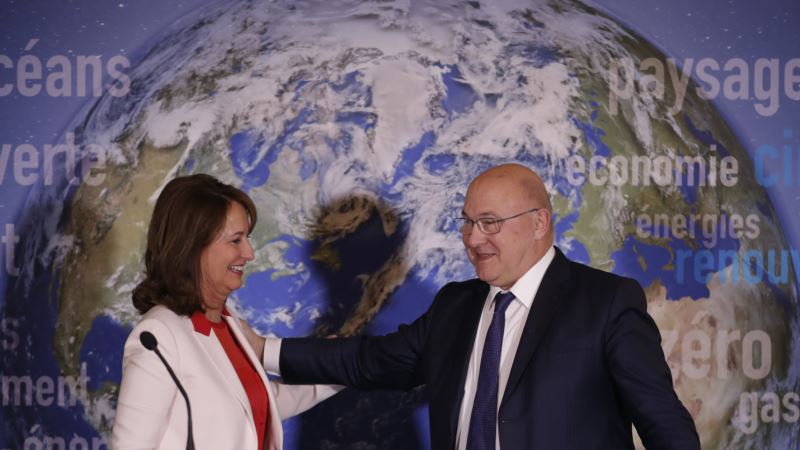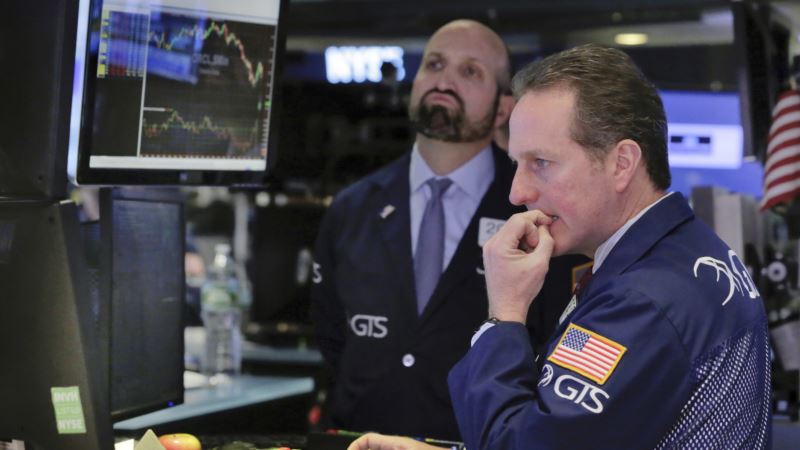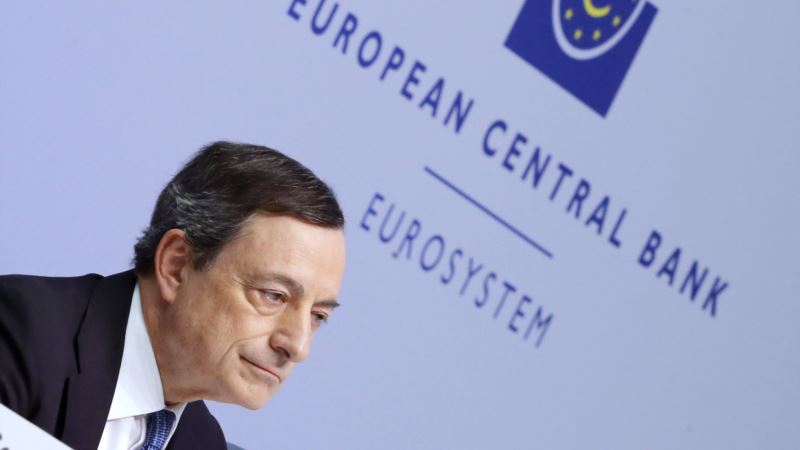The European Union has moved boldly to assert its leadership in funding the fight against climate change in the face of a skeptical new U.S. administration, even as experts warned some of the efforts should be viewed with caution. The big news came from France, host of last year’s Paris climate change conference, which, Tuesday, marked a record $7.5 billion sale of its first sovereign green bonds. Credit Agricole-CIB, one of the banks involved in the effort, described it as "historic," following a more modest bond launch by Poland. Also this week, a German bank invested more than $100 million in the green energy transition of Germany’s North Rhine-Westphalia state, underscoring the private sector’s growing role in environmental financing. “We Europeans must lead the free world against climate skeptics,” said European Investment Bank President Werner Hoyer this week — in what was broadly interpreted as directed at U.S. President Donald Trump, who has vacillated on whether he would seek to pull the United States out of the Paris climate treaty. The developments coincide with a new report by the European Environment Agency, warning of intensified droughts, floods and storms in Europe as a result of climate change. The agency also said sea levels were rising faster. Green bonds As Europe looks for new options to finance the fight against climate change, the French bond issue has drawn praise from environmental groups and experts. “What this market needs is critical mass,” said Jochen Krimphoff, an expert on green financing for WWF International, adding the French “are becoming a very important player in the world market.” “I think it’s a very good signal from the French government in order to finance the transition to a low carbon economy,” said Romain Pardo, an analyst on green issues for the Brussels-based European Policy Center. First issued by multilateral development banks in 2007, green bonds are used exclusively to finance or refinance projects in areas like renewable energy and sustainable development. The private sector has since come on board, with Chinese companies by far the biggest players to date. Now countries are beginning to issue green bonds, whose growth soared 90 percent last year, according to Bloomberg New Energy Finance. Poland led the way in December, selling sovereign green bonds valued at more than $800 million. Nigeria is expected to follow suit in March, underscoring a new surge in green financing in developing countries. Other countries, including Sweden and China, are reportedly mulling similar moves. Today, the EU is upbeat about the bonds’ potential, estimating in a recent study they could help finance the billions needed for projects to meet the bloc’s climate fighting commitments. “The EU has positioned itself well, to allow companies and municipalities to be among the front-runners in the expanding green bond market,” European Environment Commissioner Karmenu Vella said last month. Risks Experts point to weaknesses, including the lack of common standards in the global green bond market. China, for example, has issued bonds that fall short of investors’ expectations in areas like transparency, WWF’s Krimphoff said. Without international guidelines and standards, “there is a risk of greenwashing, should money finance projects that have little added value in terms of environmental protection and climate mitigation and adaptation,” analyst Pardo said. “Bonds are certainly a low-cost way of raising capital” for green projects, said Michael Waldron, an energy investment analyst at the International Energy Agency in Paris. But overall, he said, Europe’s problem is “too much financing chasing too few bankable projects.” In the case of Poland, the state issued green bonds even as it remains heavily reliant on coal, which the IEA said accounted for 81 percent of its electricity generation in 2015. Poland’s bonds might be a way for the country “to divert from other issues that are linked to climate action,” Pardo said. “It’s a way to show they’re doing something.” Energy transition France’s energy transition must also be scrutinized carefully, he added. Three quarters of French electricity comes from nuclear power, a figure the leftist government pledged to cut to 50 percent by 2025 in favor of renewable alternatives. But the left will likely lose power in elections this year, raising uncertainty about France’s future energy mix. A preview of possible battles ahead came this week in the case of the country’s aging Fessenheim nuclear power plant. Socialist President Francois Hollande has long promised to close the plant; but only now has the board of the EDF utility running it finally agreed to do so — and not until after the spring presidential vote. Conservative candidate Francois Fillon, who is leading in the polls, opposes the plant’s closure.
Europe Positions Itself as Green Financing Leader






